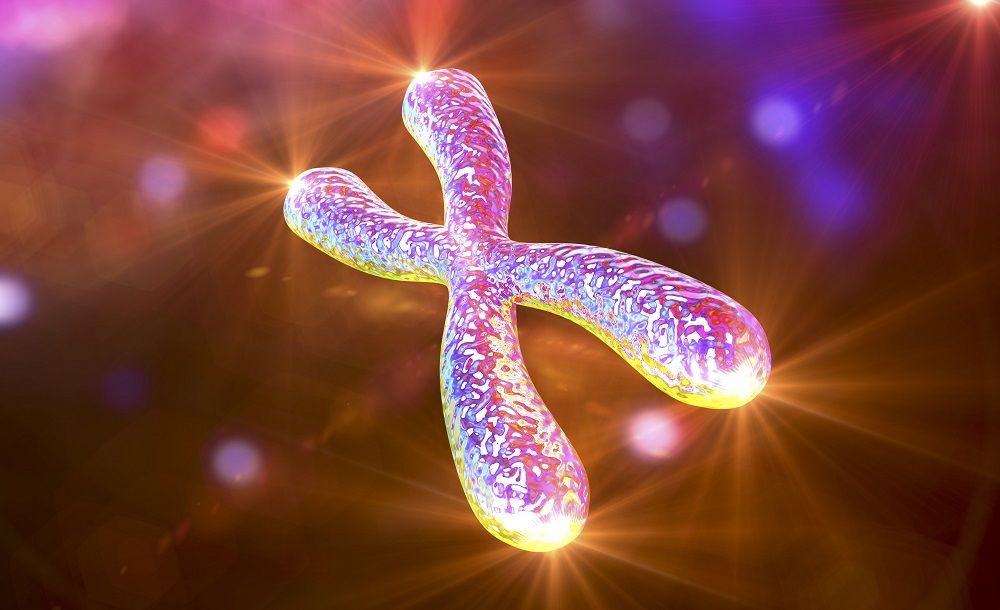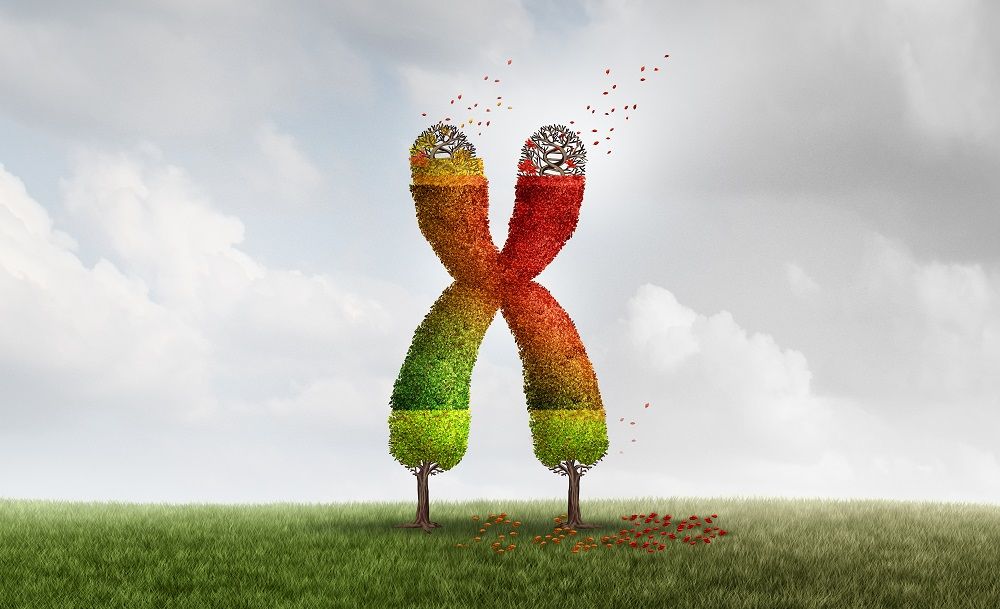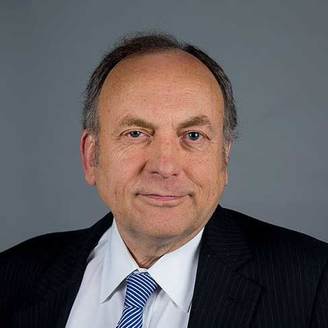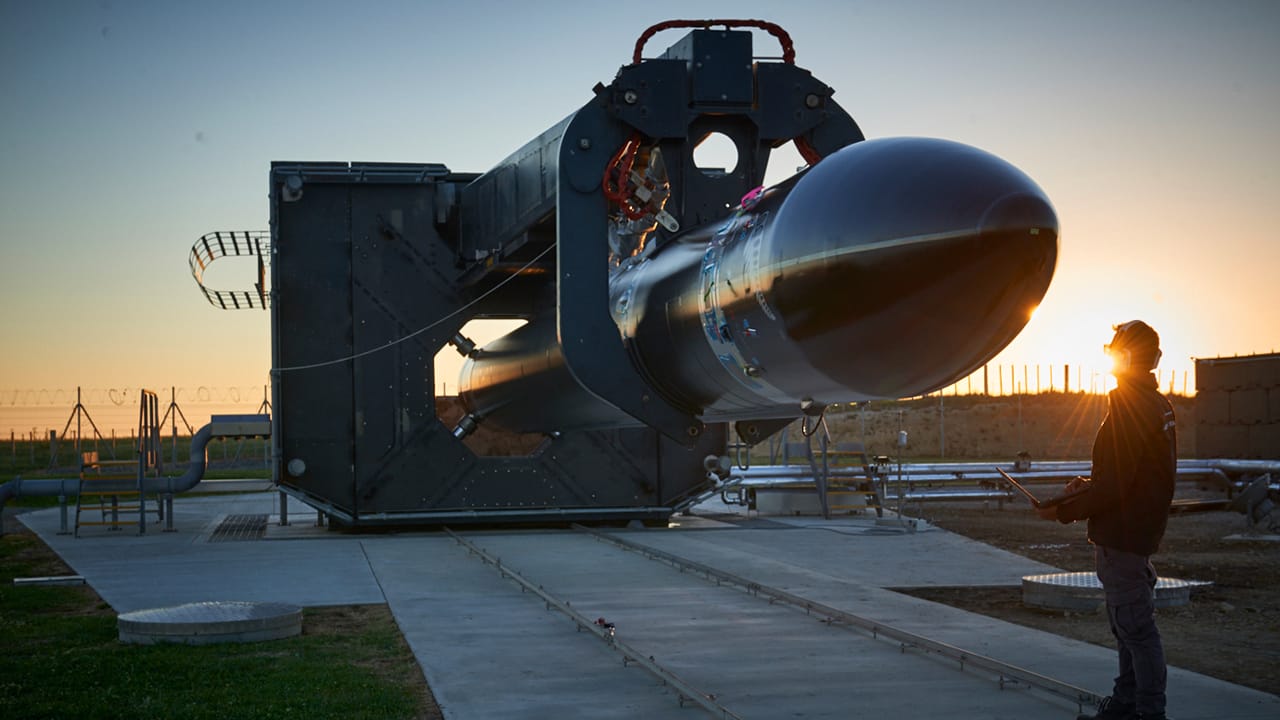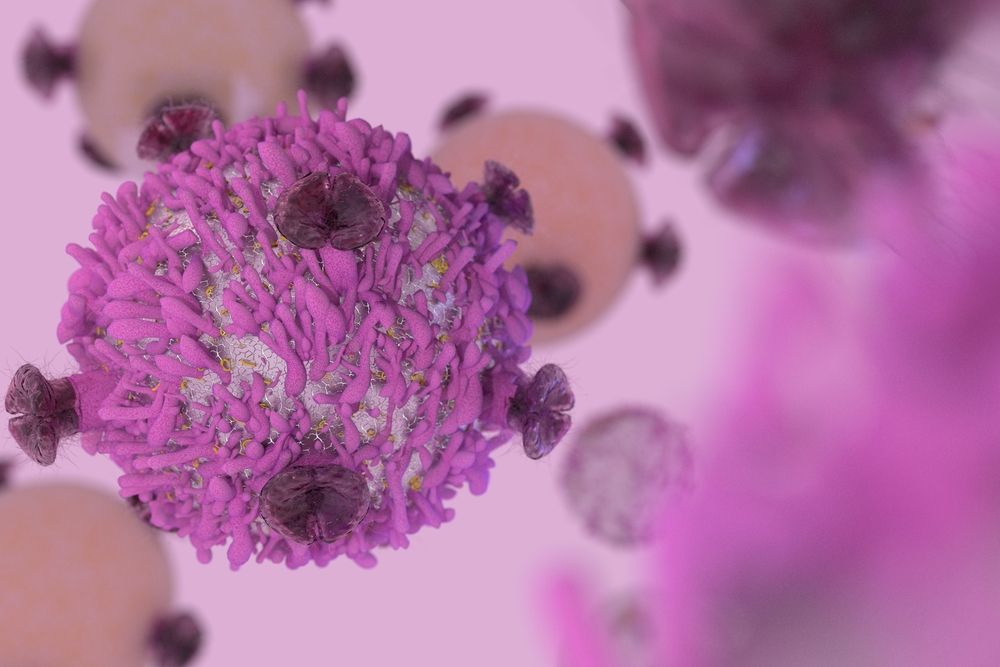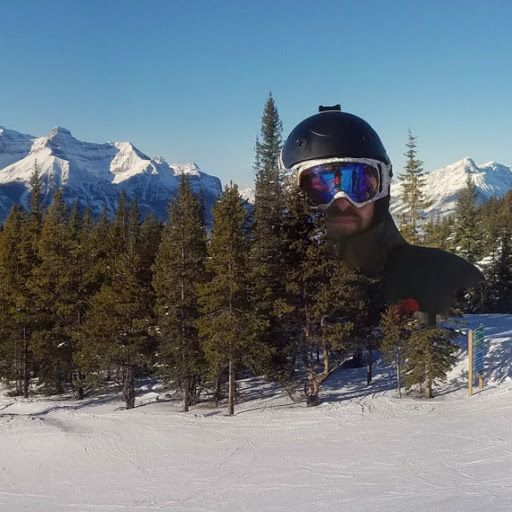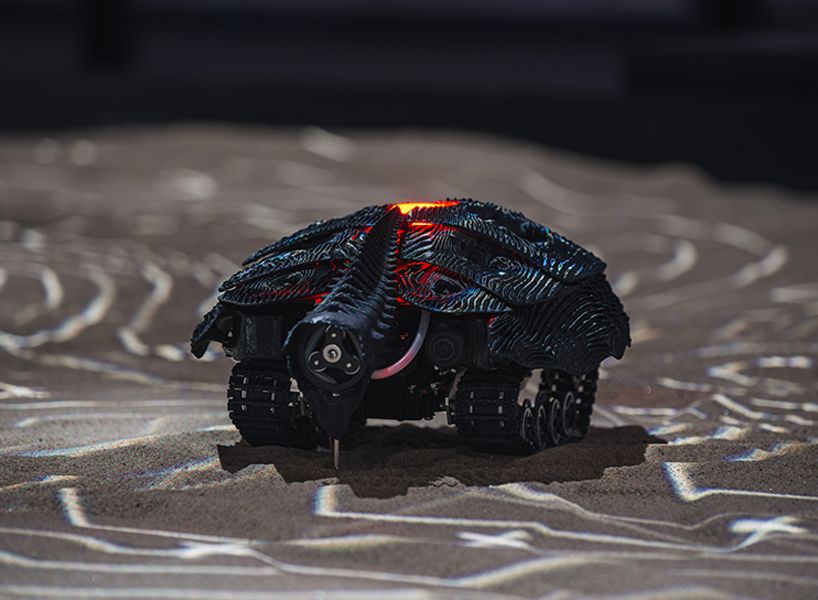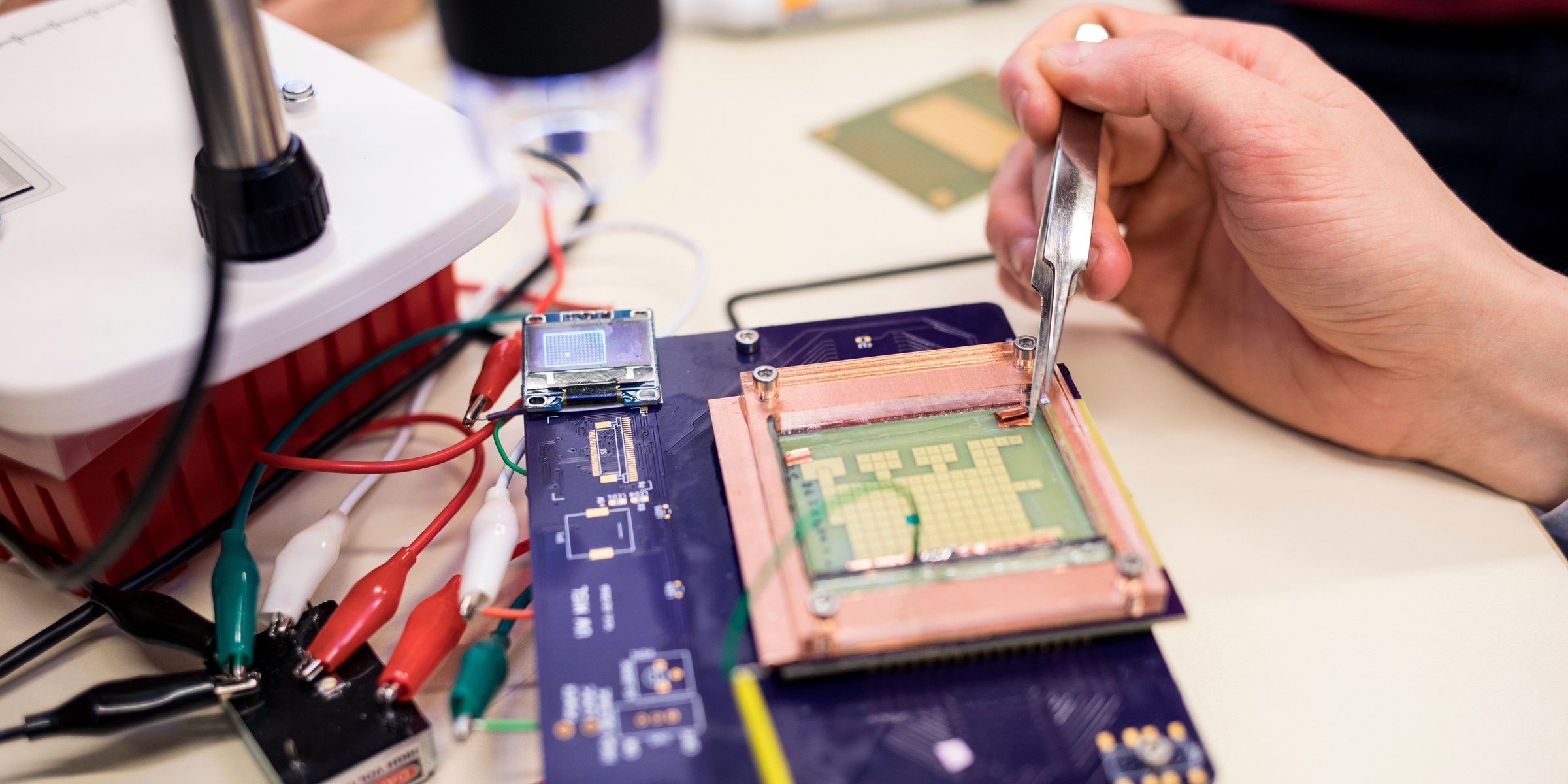Page 9703
Jan 25, 2018
Scientists Reveal Keys to Our Telomere Length
Posted by Brady Hartman in category: life extension
Newly published research reports on the accuracy of telomere length as a biomarker of aging, and its role in maximum human lifespan.
New research reports on the accuracy of telomere length as a biomarker of aging, and its role in maximum human lifespan. Part 1 of 3.
Jan 25, 2018
Chinese Scientists Just Cloned a Monkey—Here Are the Details
Posted by Gerard Bain in category: biotech/medical
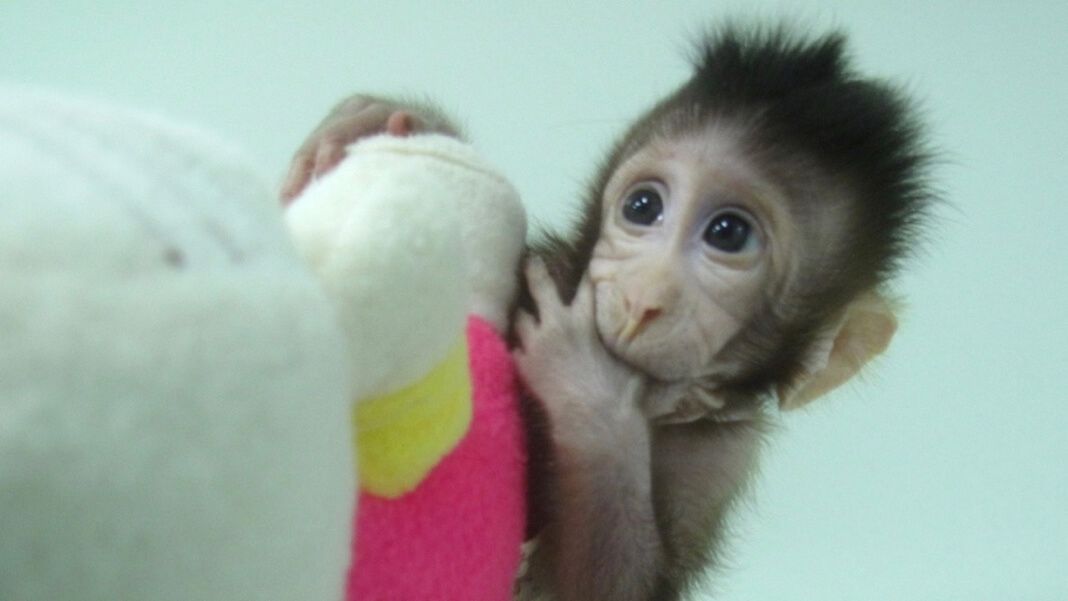
https://youtube.com/watch?v=VHizi6njTag
In 1996, Dolly the sheep became the first mammal to be cloned from a somatic cell. Twenty years later, scientists have succeeded in using the same technique on primates—as detailed in a study published today in the journal Cell, two long-tailed macaque monkeys were born at the Chinese Academy of Sciences Institute of Neuroscience in Shanghai.
Jan 25, 2018
We are happy to announce Dr. Michael West as a speaker for the 2018 Undoing Aging Conference
Posted by Michael Greve in category: life extension
Dr. West keynoted at the very first SENS conference, back in 2003 in Cambridge, and it’s a true delight…
Jan 25, 2018
How To Launch A Space Startup
Posted by Klaus Baldauf in categories: policy, space travel
New technology, investment, and policy are helping to boost smaller companies like Rocket Lab into the stratosphere. Their founders share some advice.
Jan 25, 2018
TIGIT as a Biomarker for T Cell Senescence and Exhaustion
Posted by Steve Hill in categories: biotech/medical, life extension
In a new study, researchers propose that TIGIT is a marker of T cell senescence and exhaustion in the immune system. However, not only is TIGIT just a biomarker, it is also a potential therapeutic target; as the researcher team discovered, lowering levels of TIGIT resulted in the restoration of some lost function in T cell populations that were experiencing high levels of senescence and exhaustion.
In a new study, researchers propose that TIGIT is a marker of T cell senescence and exhaustion in the immune system[1]. However, not only is TIGIT just a biomarker, it is also a potential therapeutic target; as the researcher team discovered, lowering levels of TIGIT resulted in the restoration of some lost function in T cell populations that were experiencing high levels of senescence and exhaustion.
Aging is associated with immune dysfunction, especially T-cell defects, which result in increased susceptibility to various diseases. Previous studies showed that T cells from aged mice express multiple inhibitory receptors, providing evidence of the relationship between T-cell exhaustion and T-cell senescence. In this study, we showed that T-cell immunoglobulin and immunoreceptor tyrosine-based inhibitory motif (ITIM) domain (TIGIT), a novel co-inhibitory receptor, was upregulated in CD8 + T cells of elderly adults. Aged TIGIT + CD8 + T cells expressed high levels of other inhibitory receptors including PD-1 and exhibited features of exhaustion such as downregulation of the key costimulatory receptor CD28, representative intrinsic transcriptional regulation, low production of cytokines, and high susceptibility to apoptosis. Importantly, their functional defects associated with aging were reversed by TIGIT knockdown.
Jan 25, 2018
What happens when AI tries too hard to improve reality, in one photo
Posted by Genevieve Klien in category: robotics/AI
Jan 25, 2018
Scientists building world’s most-powerful ‘SUPER LASERS’ that can RIP holes in space
Posted by Genevieve Klien in category: space
Jan 25, 2018
Noumena’s Robotic Habitats Questions The Evolution of Artificial Intelligence
Posted by Klaus Baldauf in categories: habitats, mapping, robotics/AI, space
for the 2017 tallinn architecture biennale, noumena has presented its installation based on the future of robots and its adaptability with the environment. deep learning has paved the way for machines to expand beyond narrow capabilities to soon achieving human-level performance on intellectual tasks. however, as artificial intelligence — A.I. — establishes its place within humans, society will need to develop a framework for both to thrive. a new form of artificial life will emerge, finding space at the peripheries of humanity in order to not compete for human-dominated resources. A.I. will attempt to improve its operating surroundings to not just survive but be self-sustaining, forming the basis of a civilization constrained at the intersection of nature and technology.
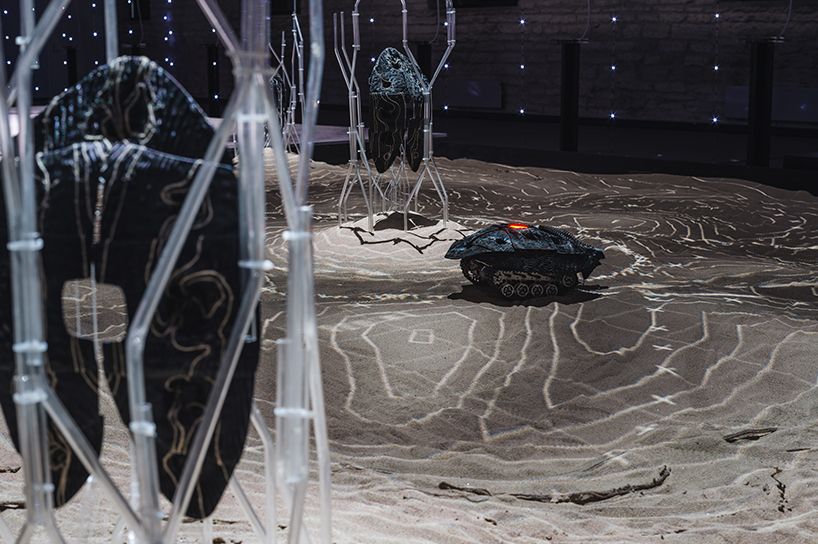
image © tõnu tunnel.
barcelonian based practice noumena has developed a framework to build this narrative based on the cross disciplinary intersection of computational design, mechanical and electronic design, rapid prototyping interaction and mapping. nowadays, computing tools as well as rapid prototyping machines allow to have a quick practical feedback on design solutions and to iterate experimenting different possibility at the same time giving the chance to choose and custom a functional part.
Continue reading “Noumena’s Robotic Habitats Questions The Evolution of Artificial Intelligence” »
